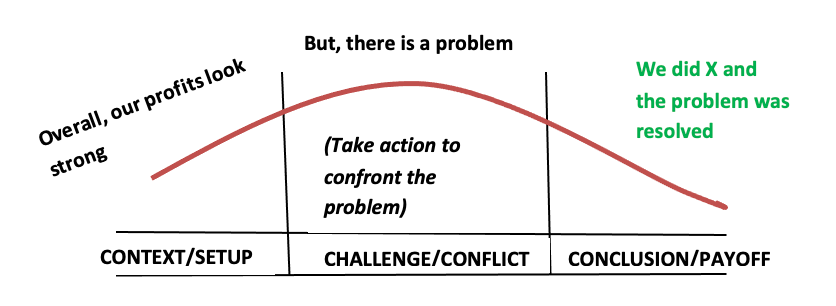“Most people don’t know what a story is until they sit down and write one“
–Flannery O Connor
Story telling is an ancient and powerful tool for communicating ideas. While telling a story we have to keep in mind the following
- How to leverage the power of story telling
- What makes a good story
- What are the potential pitfalls of story telling?
- Have I applied the 3 C’s of a basic story arc
- Context
- Challenge
- Conclusion
Data tells what is happening and story tells why it is happening

STAY FLUID IN TABLEAU
- Use variety of sources and options
- Use story points to build and organize
- Toggle to refine and optimize
- Add or remove as the story requires
USE ONLY WHAT’S NEEDED FOR 3 C’s
Be focused and selective
- In presentation
- In how you extract and interpret data
- Draw correct conclusions
TWO IMPORTANT CONSIDERATIONS
- EXPRESSIVENESS: Do you have a data to express story accurately?
- EFFECTIVENESS: Does presentation style effectively convey data’s meaning?
DATA STORY TELLING TIPS
- Check your facts
- Focus on the key statistics to become focal pointed
- Convert data into visual form
- Present insights from the data
- Make facts relatable using representatives
PRO’s OF USING STORIES
- Story improves comprehension and recall
- Story evokes empathy and emotions
- Stories engage more of the brain than just facts and figures
CONS OF USING STORIES
- Stories can distort data with meaningless patterns
- Creates false narratives
- Seeing patterns leads to false conclusions

